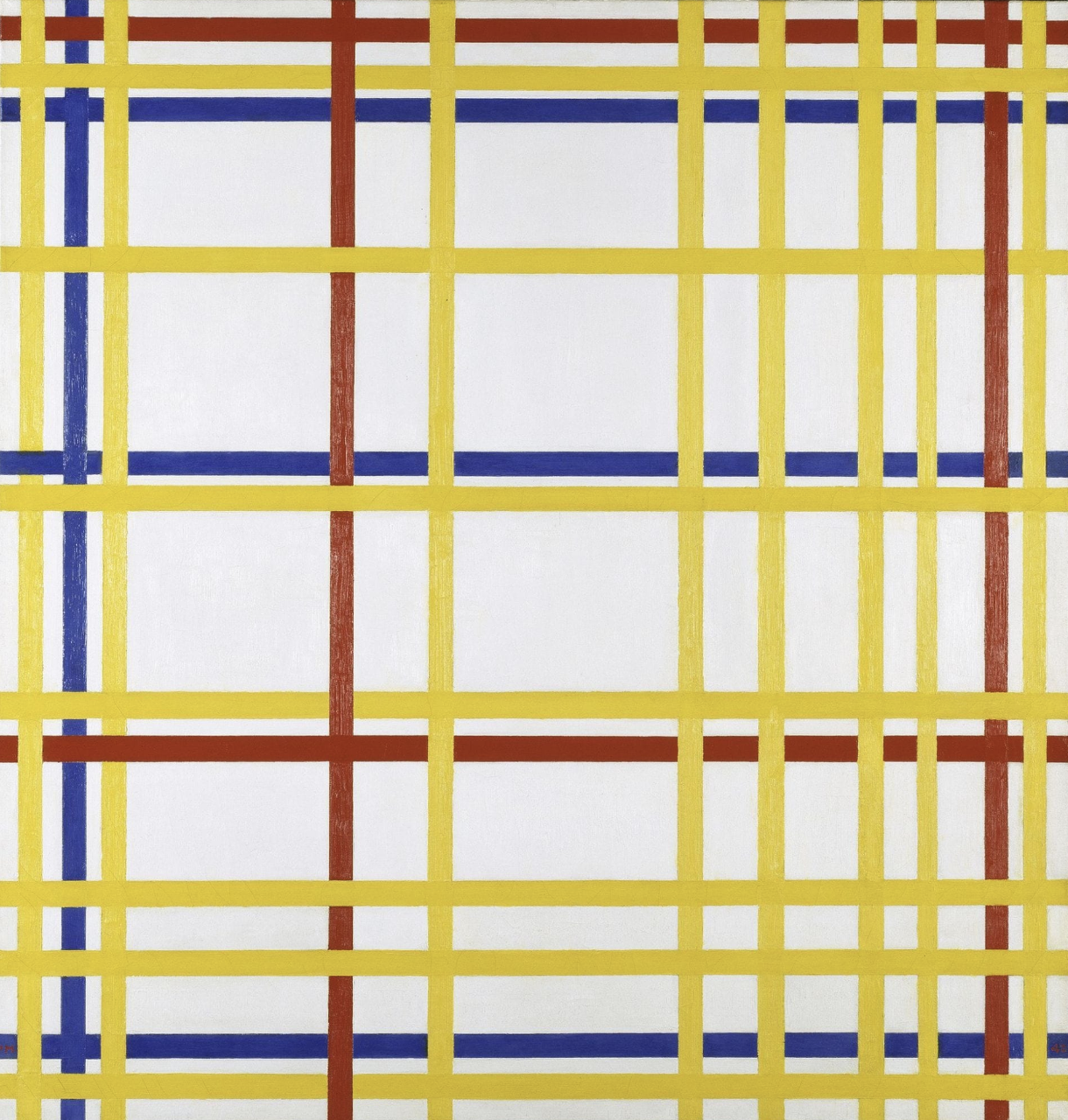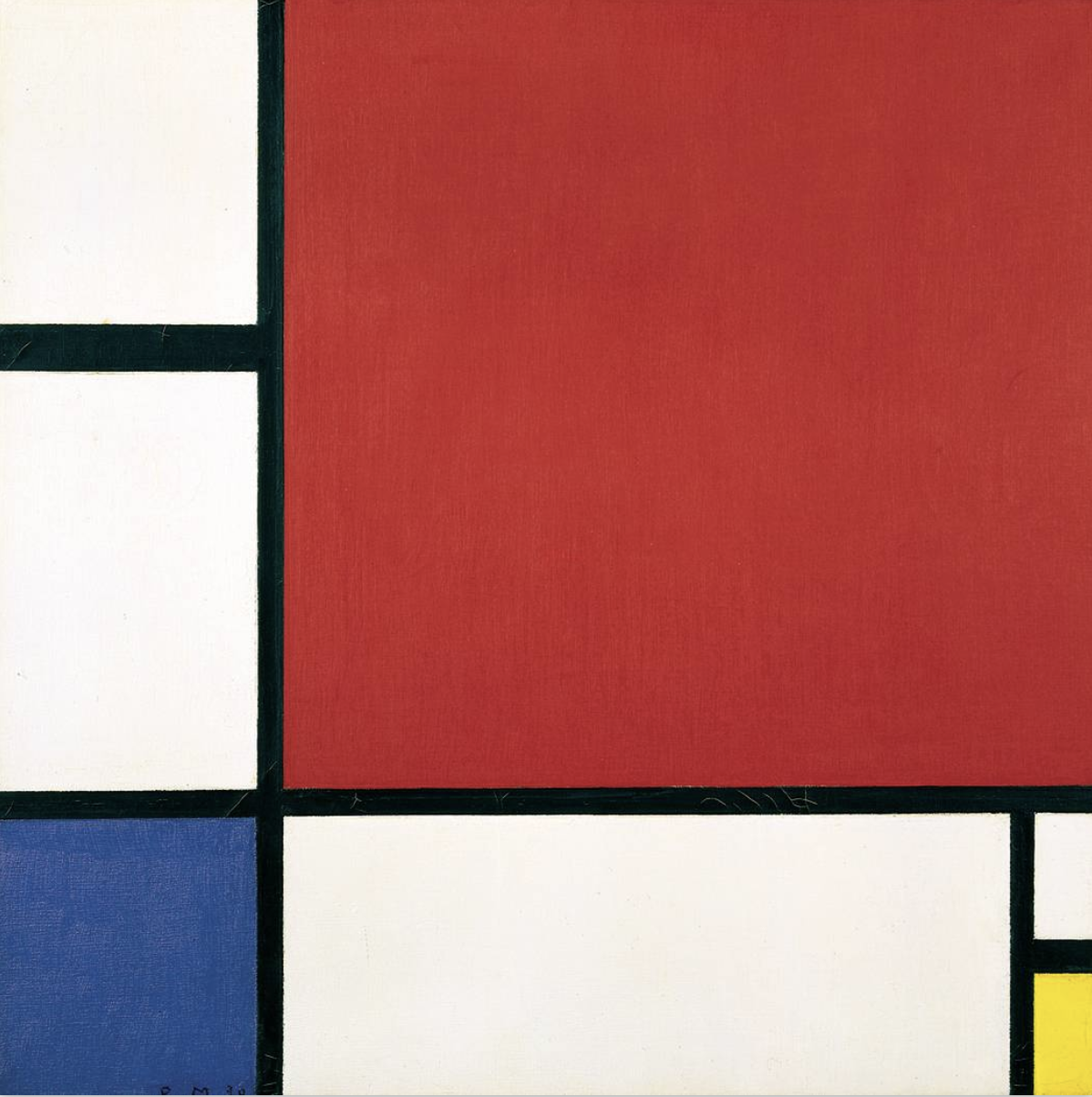Pieter Mondriaan: The Pioneering Artist of Abstraction

Pieter Mondriaan, more commonly known as Piet Mondrian in the international sphere, is a name synonymous with the rise of modern abstraction in art. Born on March 7, 1872, in Amersfoort, Netherlands, Mondrian's work became foundational to the development of 20th century abstract art. His artistic journey, however, does much more than chart the trajectory of abstract painting; it is a reflection of a rigorous pursuit of a universal aesthetic, deeply rooted in a philosophical quest for harmony and balance.

Mondrian's early years were influenced by his father, a qualified drawing teacher, and his uncle, an artist. Initially, his work was deeply traditional, featuring landscapes and still-life compositions which were heavily influenced by the Dutch artistic heritage. This period was marked by an impressionistic style with naturalistic colors and a loose brushwork technique, much in line with the prevalent Hague School.
By 1911, Mondrian's work began to show signs of evolution. Moving to Paris, he was heavily influenced by Cubism, especially the works of Georges Braque and Pablo Picasso. This is when he began to deconstruct natural forms into basic geometric elements. However, Mondrian's interpretation of Cubism was highly distinctive—he started reducing his palette to primary colors and defining his compositions with a grid of vertical and horizontal lines.

Mondrian's breakthrough into pure abstraction can be marked with the development of his personal philosophy, which he called "Neoplasticism." This is the mode of art-making he is most famous for today. Neoplasticism was a manifestation of Mondrian's belief in a style of art that went beyond mere representation, aiming instead to depict a universal, harmonious order, as he saw reflected in the natural world. His quintessential works—comprised of black grids, flat colored planes limited to primary colors, and asymmetrical yet balanced compositions—were his way of expressing this equilibrium.
During his time as part of the De Stijl movement, founded in the Netherlands in 1917, Mondriaan's theories and practice influenced many other artists and architects who were part of this collective, including Theo van Doesburg, J.J.P. Oud, and Gerrit Rietveld. They all sought to embody the principles of harmony and order, though each had their own unique interpretation and style.

Mondriaan's legacy cannot be overstated. His radical simplification and the reduction of the painting to its most basic elements—the straight line, the right angle, and the primary colors—have had a profound impact on the course of modern art. Not only did his works pave the way for the rise of minimalism and abstract expressionism that dominated the American art scene in the mid-20th century, but they also permeated popular culture. His abstract, grid-like patterns can be found echoing in design, fashion, and architecture.

One of Mondriaan's masterpieces, "Broadway Boogie Woogie" (1942–43), created toward the end of his life when he lived in New York City, exemplifies his enduring fascination with movement, rhythm, and the city's dynamic energy—an energy that paralleled the jazz rhythms he so loved. Sadly, Mondriaan died on February 1, 1944, in New York City without seeing the end of the war or the full impact of his artistic vision.

Pieter Mondriaan's journey from figuration to abstraction is not just the story of a painter refining his palette and lines. It is a narrative of discipline, spiritualism, and intrigue, firmly placing Mondriaan among the vanguard of artists who reshaped the visual language of art and paved the way for generations to come. In a world perennially in flux, Mondriaan's quest for the essence of beauty and harmony is not only reflective of the artistic temperament but also of the enduring human condition.
Теги
art, Pieter Mondriaan.